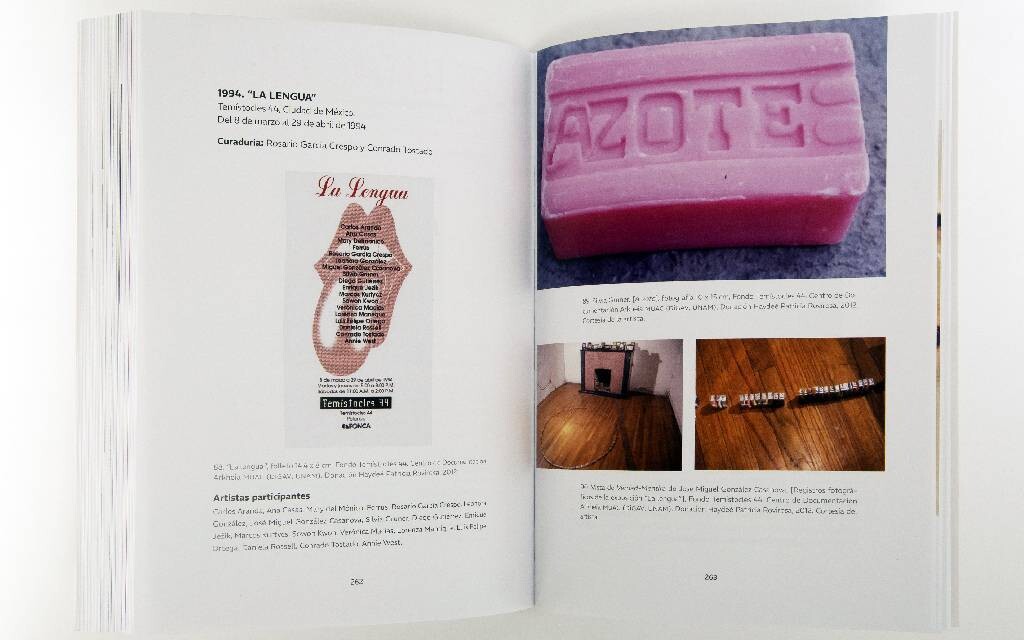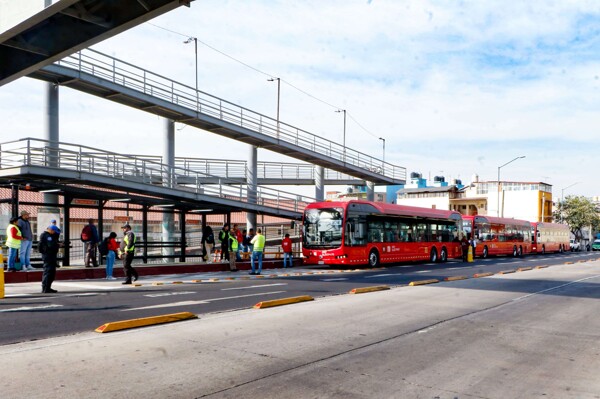
From the interaction between word and art in Mexico, more artists have expanded their work towards the use of written language, moving away from more traditional techniques. Despite the rich tradition of poets and visual artists in the country, the genealogy of these practices traces back to experimental poetry. Although there are articles and texts by historians and curators that have addressed these proposals, books dedicated exclusively to this topic are scarce, despite the number of artists who use words in their work.
Eloísa Hernández Viramontes, a researcher, has published the book "The Word as Artistic Language: Textual Practices in Mexico" with the aim of establishing a chronological record of the relationship between word and plastic arts in the country and to pave the way for future exhibitions.
Eloísa mentions that her interest in this topic was awakened when she discovered the work of international conceptual artists like Joseph Kosuth and Lawrence Weiner. Since then, she has observed how poetry has served as a bridge for interaction between artistic disciplines.
In Mexico, there has been an approach between literature and the plastic arts through the use of language as a means of sociopolitical, advertising, and media critique. The boundaries between different artistic practices have blurred, and many young artists employ textual strategies in their works.
Despite the opening of museums and galleries to these proposals, Eloísa highlights the scarcity of specialized publications on this topic and the need to continue exploring new proposals. Artists like Ivan Krassoievitch have found in poetry a catalyst for their work, establishing a dialogue between text and plastic arts.
The presence of the social and political context of Mexico is reflected in these artistic manifestations, where the word becomes a powerful means of communication and criticism. Since the arrival of Mathias Goeritz, who explored the word in its three-dimensional form, there has been a growing interest in this interdisciplinary manifestation in contemporary Mexican art.
Eloísa hopes that her research can serve as a basis for future dialogues and new studies in this field, and although there are no concrete proposals yet, she is interested in the possibility of carrying out exhibitions derived from her book. Through cases like Ulises Carrión, who challenged the structures of language and literature, it is evident how these textual practices continue to generate debate and controversy in the national artistic sphere.














